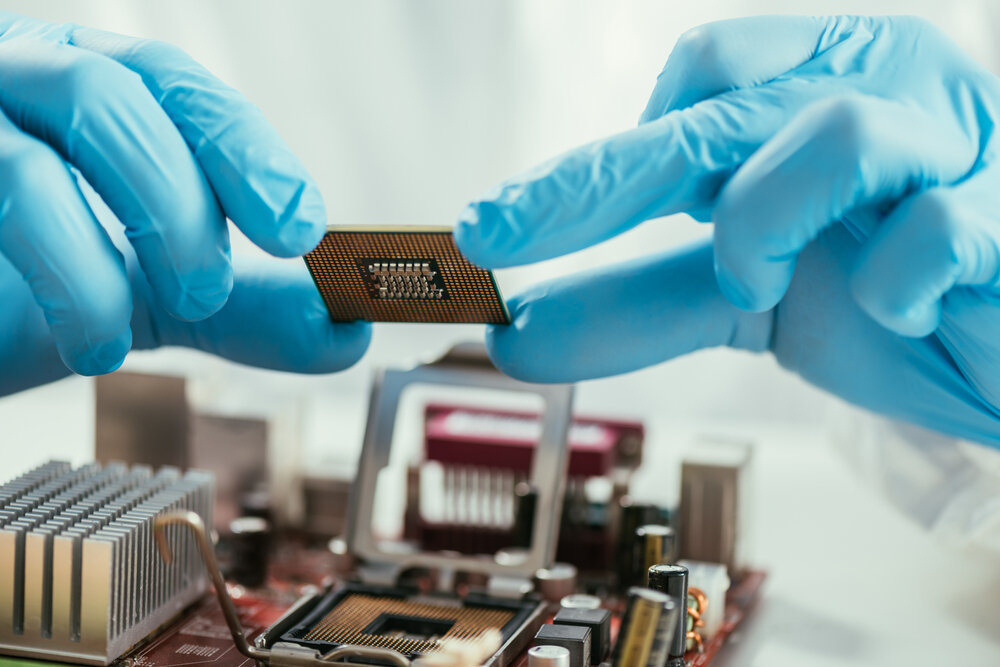Lab-on-a-chip devices could dramatically reduce COVID-19 detection times

Newly developed biosensor devices linked to smartphones could help medical practitioners dramatically cut down the real-time detection rates in the battle against COVID-19 and other future viral outbreaks.
Scientists and engineers from the University of Manchester have created a novel computational fluid dynamics (CFD) platform to aid biosensor devices to detect biological species and help control the spread of virus outbreaks. Biosensors are devices used to detect the presence of biological agents such as viruses. The approach could help track and trace people with infection while a vaccine breakthrough could still be many months away.
Various global strategies are in place across the world to help curb the spread of COVID-19, with a coordinated effort involving; population modeling, face mask usage and developing ventilator capacity. Modeling and simulation experts at The University of Manchester have now developed an additional tool.
Findings published in Biosensors and Bioelectronicsdemonstrate a novel numerical platform as a new design for biosensor devices. This new system simulates the performance of electronic devices in different design and operating conditions to improve contact tracing within the population.
This breakthrough would allow for the integration of biosensors to existing smartphones with the potential ability to improve the speed and reliability of the existing contact tracing system. It could also help to contain any other virus-related disasters and pandemics in the future through the same method.
Biosensors are one of the most effective ways for detection of a biological species and controlling its spread. These systems decrease the sample of reagent consumptions, shorten the time of experiments, and reduce the overall costs of applications.
Furthermore, the integration of biosensors with different devices would help to reduce the risk of the potential future waves/peaks of COVID-19. For instance, linking an appropriate biosensor to smartphones has the potential to increase the speed and reliability of the contract tracing technique.
D Amir Keshmiri from the University of Manchester said: "This new competitive numerical platform simulates the performance of these specific devices in different design and operating conditions, which in turn will broaden our insight into the biological species manipulation in order to improve the efficiency of the existing designs.
"While developing an effective vaccine can take months up to years, detection of infected individuals is at the forefront of controlling the situation and a crucial tool in the contract tracing strategy, currently in use in the UK and most other countries. 'Time' is a key parameter in containing highly pathogenic diseases and defeating a pandemic.
"These lab-on-a-chip devices are suitable for daily tests and are user-friendly, meaning no laboratory facilities are needed. These features make them a favorable real time detection system, however, designing a reliable one is still very challenging and time-consuming."





